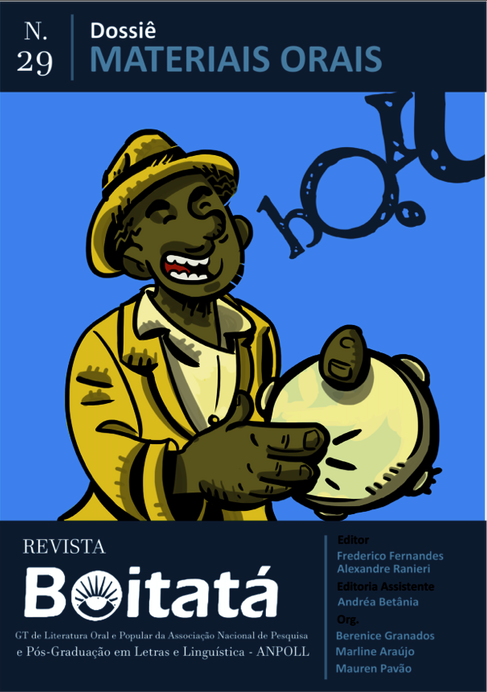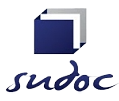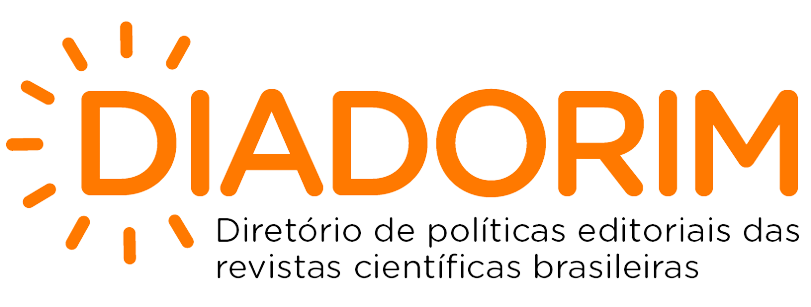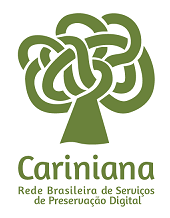From orality to hypermedia voice
DOI:
https://doi.org/10.5433/boitata.2020v15.e40150Keywords:
Voz hipermedia, Processamento de materiais orais, Cibernarrativas, Novas tecnologias, NetnografíaAbstract
From orality to hypermedia voice’ through a case study called 'Força M', it focuses on narrators who over the years were marginalized or considered subordinate, therefore, the research has as reference the Misak indigenous community (located in the department of Cauca, Colombia) and Marcos Almeida, "Maragato", a resident of the periphery (from Restinga, Porto Alegre, Brazil). The objective is to contribute to the processing of oral materials in the documentation and analysis of information, including, reflecting on the different ways of narrating the world. For that reason, the hypermedia voice with the New Technologies and the new media, also legitimize its speech position. This article, without pretending to be “a methodological recipe”, it offers tools to systematize, categorize and analyze oral materials. The methodology is netnographic supported by the New Information and Communication Technologies (ICTs). It´s hoped to encourage different perspectives on the new contemporary narratives: cybernarratives. Finally, it´s important to understand the narrators / modalizing force that strengthen fieldwork and the processing of oral materials for researchers and people interested in the subject.References
ANDACHT, Fernando. Uma abordagem semiótica e indicial da identidade na era de YouTube. Intexto. Porto Alegre, UFRGS, n. 34, p. 79-98, set./dez. 2015. Disponível em: <http://dx.doi.org/10.19132/1807-8583201534.79-98>. Acesso 05.01.2020.
BOLTER, Jay David. Writing space. Computers, hypertext and the remediation of the print. Nova York: Routledge, 2011.
CANCLINI, Néstor García. Culturas híbridas: estrátegias para entrar e sair da modernidade. Tradução Heloíssa Pezza Cintrão e Ana Regina Lessa. 4. ed. São Paulo, Edusp, 2008.
DEPARTAMENTO ADMINISTRATIVO NACIONAL DE ESTADÍSTICA (DANE). Informe datos demográficos sobre la comunidad Misak, Colombia, 2005.
DOOLEY, Larry. M. Case Study Research and Theory Building. Advances in Developing Human Resources, (4), p.335-354, 2002.
FRAGOSO, Suely; RECUERO, Raquel; AMARAL, Adriana. Métodos de pesquisa para internet. Porto Alegre: Sulina, 2011.
FRANCO, Guillermina. La usabilidad y la accesibilidad, elementos esenciales para optimizar la comunicación del diseño web centrado en el usuario. In: López García, Guillermo (ed.).El ecosistema digital: modelos de comunicación, nuevos medios y público en Internet. Valencia: Servei de Publicacions de la Universitat de València, 2005, p.253-268.
GRUSIN, Richard; BOLTER, Jay David. Remediation: Understanding new media. Cambridge; Londres: The MIT Press, 2000.
LEÃO, Lucia. Derivas: cartografias do ciberespaço. São Paulo: Annablume, 2004.
MANOVICH, Lev. The language of new media. Cambridge; Londres: The MIT Press, 2001.
PISSO, Jennifer. O que foi deixado no ciberespaço: confissões de uma netnógrafa. Revista Falange Miúda (ReFaMi), v. 4, n. 2, 2019.
PRZYBYLSKI, Mauren Pavão. Cybernarrativa Pós- contemporânea: pensando o narrador oral urbano – digital/ Mauren Pavão Przybylski.1. ed., Curitiba: Appris, 2018.
PRZYBYLSKI, Mauren Pavão. O narrador urbano digital em foco: o caso de Marco Almeida, o Maragato. Texto Digital, Florianópolis, v. 10, n. 1, p. 76-101, jan./jul. 2014
RODRÍGUEZ, Gregorio; FLORES, Javier; JIMÉNEZ, Eduardo. Metodología de la investigación cualitativa. Málaga: Ediciones Aljibe, 1999.
SANTAELLA, Lucia. Linguagens Líquidas na Era da Mobilidade. São Paulo: Paulus, 2007.
SCHAFT, Adam. Linguagem e Conhecimento. Coimbra. Livraria Almedina, 1974.
SOUZA, A. (2004). Interfaces móveis de comunicação e subjetividade contemporânea: de ambientes de multiusuários como espaços (virtuais) a espaços (híbridos) como ambientes de multiusuários. Disponível em: <http://livros01.livrosgratis.com.br/cp023362.pdf>. Acesso 05.01.2020.
STAKE, Robert. Investigación con estudio de casos. Madrid: Morata, 1999.
YIN, Robert. Applications of case study research. Beverly Hills, CA: Sage Publishing, 1993.
YIN, Robert. Estudo de Caso. Planejamento e Métodos. Porto Alegre: Bookman, 2005.
Downloads
Published
How to Cite
Issue
Section
License
Copyright (c) 2020 Boitatá

This work is licensed under a Creative Commons Attribution 4.0 International License.
Boitatá esta licenciada com CC BY sob essa licença é possível: Compartilhar - copiar e redistribuir o material em qualquer suporte ou formato. Adaptar - remixar, transformar, e criar a partir do material, atribuindo o devido crédito e prover um link para a licença e indicar se mudanças foram feitas.




















